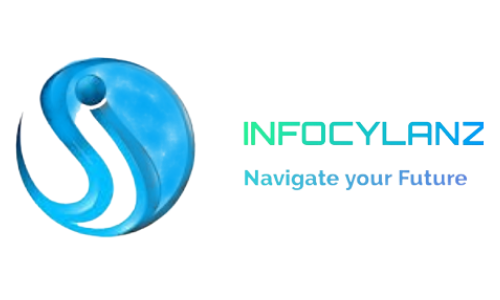Habib and Bhuiyan (2011) data with the impression out-of IFRS on the auditing time in The brand new Zealand, get a hold of a significant boost in auditing time pursuing the use away from IFRS, and this is and mirrored throughout the examination of Walker and Existe (2013), exactly who tested a comparable research matter into the New Zealand along with comparable results. Inside the Malaysia, Amirul and Salleh (2014) put investigation for the 257 listed providers to spell it out the partnership between auditing time and IFRS ranging from 2009 and you will 2011. Thus, it concluded that Malaysia’s convergence in order to IFRS have notably enhanced the latest auditing lifetime of noted businesses.
Even if all of the over books reveal that the fresh use away from IFRS expands audit charge and auditing date, each of them work on early following places and do not promote insights for the late adopters as well as how their sense is different from early adopters. Almost all the latest shot regions in the earlier education then followed IFRS around the same time frame from 2005 (e.g. Australian continent, European union nations and you will The newest Zealand). We believe the end result of IFRS for the audit charge and auditing date might disagree between early and you may late adopters due to the real difference during the incentives and you can visibility (Key and Kim, 2020). First of all, the same as voluntary adopters, early adopters have more built-in really worth to look at IFRS and was less likely to end up being pressured by the worldwide pushes, including the Business Bank and global monetary loans (IMF) to consider it. not, come pressured of the outside pushes can also be log off enterprises unprepared, that will result in large review charges and you will review reporting date. Next, later adopters may has actually connection with genuine IFRS before actually following the basic revealing from the monetary statements of very early adopters. Especially, global accounting firms are more inclined to power their feel out of very early adopters to beat the competition to the review pricing and you will time within the later implementing places. Nevertheless, having earlier in the day knowledge might be a way to obtain higher fees due to the fact accountants currently have a grasp on which entails in order to transit in order to IFRS reporting.
Besides the undeniable fact that the current analysis centers merely into very early adopters, these try places was highly developed Android dating online regions having financial and business formations significantly unlike the new weakened ); which, these findings cannot be generalised from the advantage of one’s decreased research within the Africa.
5.step one Testing
Although our mission should be to look at the brand new effect away from IFRS into the this new audit charges and you can review lag into the Africa, i focus our empirical analysis with the South Africa and you will Nigeria to own about three explanations. First, the fresh new inventory markets to the several nations show a critical ratio regarding indexed organizations when you look at the Africa (Tawiah and you can Boolaky, 2019). Furthermore, those two places accompanied IFRS within more episodes which have 7 ages apart. South Africa then followed IFRS inside 2005 whiles Nigeria followed from inside the 2012. Finally, the fresh later use from IFRS from the Nigeria is claimed to own become orchestrated because of the external pushes – the country Financial and you may IMF (Zori, 2015), that isn’t the situation inside Southern area Africa.
5. Research framework
Pursuing the Capkun mais aussi al. (2016), we crack the brand new test for the very early and late adopters. Very early adopters try companies that adopt IFRS inside the 2005 while late adopters is business you to followed just after 2010. Therefore, indexed enterprises into the Southern Africa are known as early adopters, and indexed organizations during the Nigeria is actually later adopters. According to the build from the Griffin et al. (2009), our sample months covers 2 yrs pre- and you may article-adoption period. Since the all of our take to includes organizations whoever adoption 12 months was not the same as the newest twelve months, we use even seasons study where IFRS-2, IFRS-1 is actually pre-adoption symptoms, IFRS0 is the adoption months and you may IFRS+ 1; IFRS+ dos are dos-year article-adoption producing 5-seasons organization-height study getting 314 providers. The shot includes 195 very early adopters and you will 119 later adopters, representing more than sixty% of noted organizations in for each and every nation. The new try choices is based on the availability of research. Performing mix-sectional contrasting anywhere between very early and late adopters give way more comprehensive evidence to the consequence of IFRS in the developing nations (Capkun ainsi que al., 2016). Due to useless information regarding African companies in lots of databases, i hands-amassed all the investigation out-of yearly account from organizations. The distribution was shown for the Appendix.


